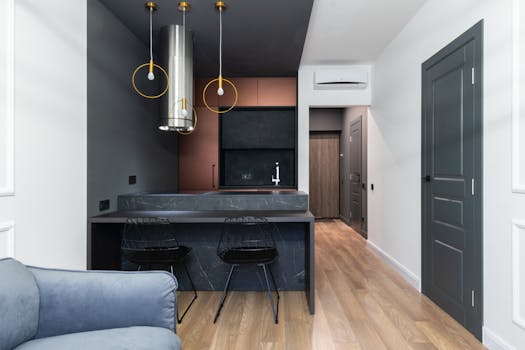
Choosing the Perfect Color Palette for Your Home
Introduction to Color Palettes

Choosing the perfect color palette for your home can be a daunting task, especially with the numerous options available. Choosing the perfect color palette for your home is a crucial aspect of interior design, as it can greatly impact the ambiance and overall aesthetic of your space. A well-chosen color palette can create a sense of harmony and balance, making your home feel more welcoming and inviting. In this article, we will explore the importance of color palettes and provide you with tips and tricks to help you choose the perfect one for your home.
Understanding Color Theory

Before we dive into the world of color palettes, it’s essential to understand the basics of color theory. Color theory is the study of how colors interact with each other and the emotions they evoke. The color wheel is a fundamental tool in color theory, as it displays how colors are related to each other. The color wheel is divided into primary colors (red, blue, and yellow), secondary colors (orange, green, and violet), and tertiary colors (colors created by mixing primary and secondary colors).
Color Harmony
Color harmony refers to the way colors work together to create a visually appealing effect. There are several principles of color harmony, including monochromatic, complementary, analogous, and triadic. Monochromatic color schemes use different shades of the same color, while complementary color schemes use colors that are opposite each other on the color wheel. Analogous color schemes use colors that are next to each other on the color wheel, and triadic color schemes use colors that are equally spaced from each other on the color wheel.
Choosing the Perfect Color Palette

Now that we’ve explored the basics of color theory and color harmony, let’s move on to choosing the perfect color palette for your home. Here are some tips to consider:
- Start with a neutral base: Use a neutral color such as beige, gray, or white as the base color for your palette. This will provide a clean and calm background for your other colors.
- Consider the natural light: Take into account the amount of natural light your space receives. Lighter colors can help reflect light and make a space feel brighter, while darker colors can create a cozier atmosphere.
- Think about the mood you want to create: Different colors can evoke different emotions and moods. For example, blue can create a sense of calmness, while orange can create a sense of energy and excitement.
- Don’t forget about texture and pattern: Texture and pattern can add depth and interest to your space. Consider combining smooth and rough textures, as well as patterns such as stripes and polka dots.
Popular Color Palettes
Here are some popular color palettes to consider for your home:
- Monochromatic neutrals: A palette featuring different shades of a single neutral color, such as beige or gray.
- Calming blues and whites: A palette that combines soothing blues and whites to create a sense of relaxation and calmness.
- Vibrant and bold: A palette that features bright and bold colors, such as orange and yellow, to create a energetic and playful atmosphere.
Conclusion

Choosing the perfect color palette for your home can be a fun and creative process. By understanding the basics of color theory and color harmony, and considering factors such as natural light and mood, you can create a beautiful and harmonious space that reflects your personality. Remember to start with a neutral base, think about texture and pattern, and don’t be afraid to experiment and try out different color combinations.




